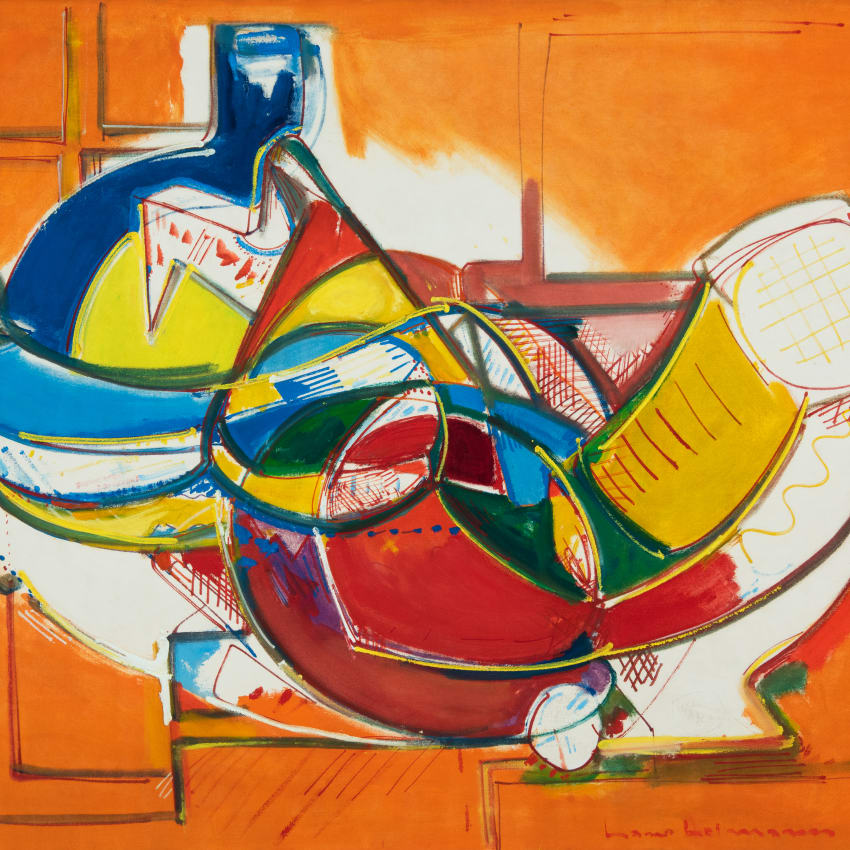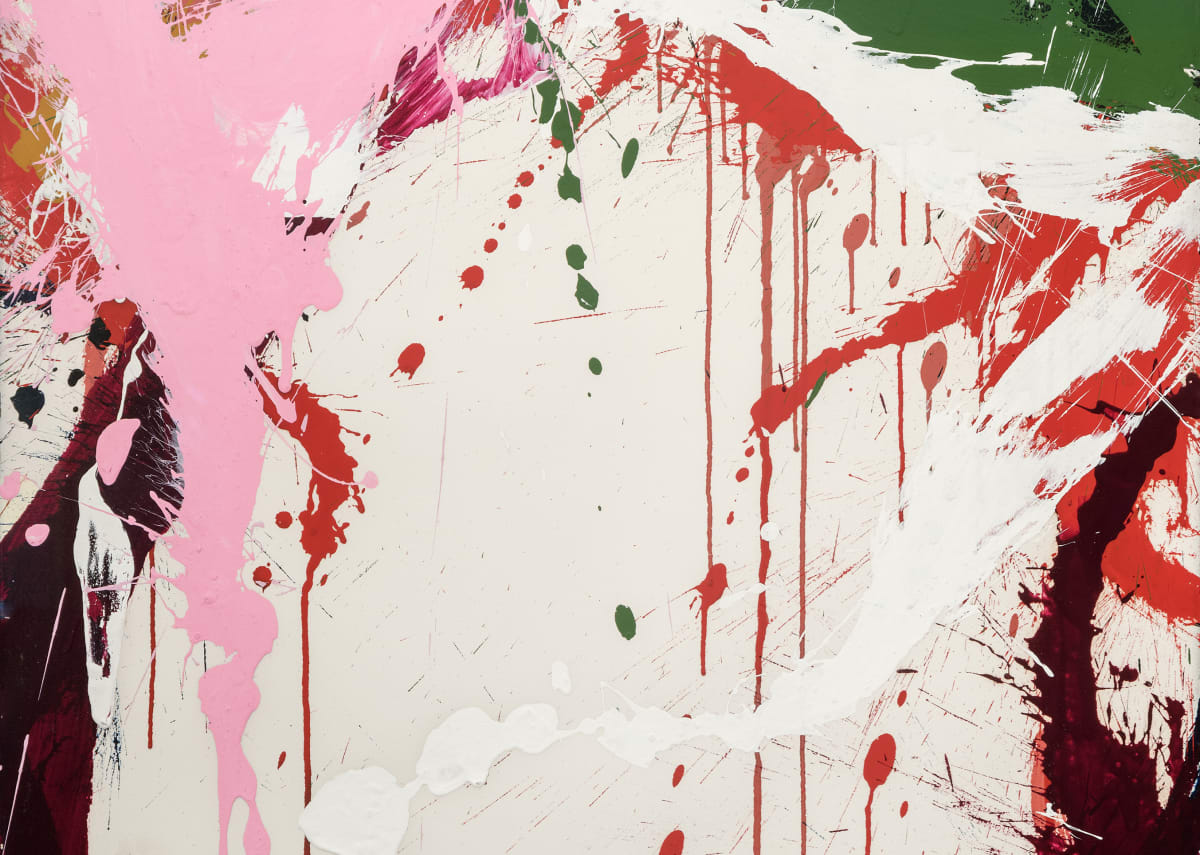
Resnick investigates the materiality of paint and its effect on a large scale, managing to achieve a painting that is simultaneously imposing and lyrical.
Known for his thick impasto and dark tonalities, Milton Resnick worked among the Abstract Expressionist artists who were central to the American avant-garde at midcentury. The artist matured stylistically in the late 1950s, and the dramatic brushwork and heavy paint application of Winged Horse characterizes the artist’s finest work. Through these allover, near-abstract compositions, Resnick investigates the materiality of paint and its effect on a large scale, managing to achieve a painting that is simultaneously imposing and lyrical.
Known for his thick impasto and dark tonalities, Milton Resnick worked among the Abstract Expressionist artists who were central to the American avant-garde at midcentury. The artist matured stylistically in the late 1950s, and the dramatic brushwork and heavy paint application of Winged Horse characterizes the artist’s finest work. Through these allover, near-abstract compositions, Resnick investigates the materiality of paint and its effect on a large scale, managing to achieve a painting that is simultaneously imposing and lyrical.
In the mid- and late 1950s, Resnick was showing regularly in New York’s progressive art circles. In 1955 he exhibited at Tanager Gallery, Poindexter Gallery, and the Stable Gallery, and he also had a solo exhibition at the Fine Arts Museum of San Francisco. By the end of the decade he would exhibit at the Whitney Museum, the Jewish Museum, and with Tibor de Nagy Gallery.
Resnick came out of the important crucible for his generation of Abstract Expressionists: Hans Hofmann’s school. He studied with Hofmann on the GI bill after serving and then studying in Paris during and after the war. Once re-established in New York, he continued to develop friendships with contemporaries including his neighbor Willem de Kooning, and he participated in meetings of the infamous Club. Like de Kooning and his other peers, Resnick pursued an overall application of paint across a canvas’s surface. The results for Resnick were enveloping tableaux, rich with pigment and dramatic, deliberate brushwork.
Born in 1917 in Bratslav, Russia (now Ukraine), Resnick come to the United States at five years old and grew up in Brooklyn. He enrolled at Pratt Institute’s evening commercial art program as a teenager, and left the house soon after when his father forbade him further study in the arts. He rented his first studio on West 21st Street in Manhattan in 1938, and worked briefly for the WPA. Like many artists, Resnick forged a community through his connections both in the neighborhood and through his WPA work. He was a founding member of the Club and a resolute theoretician of abstraction throughout his career. Resnick’s work is held by numerous public collections, including the Metropolitan Museum of Art, the Whitney Museum, and the Museum of Modern Art.
















